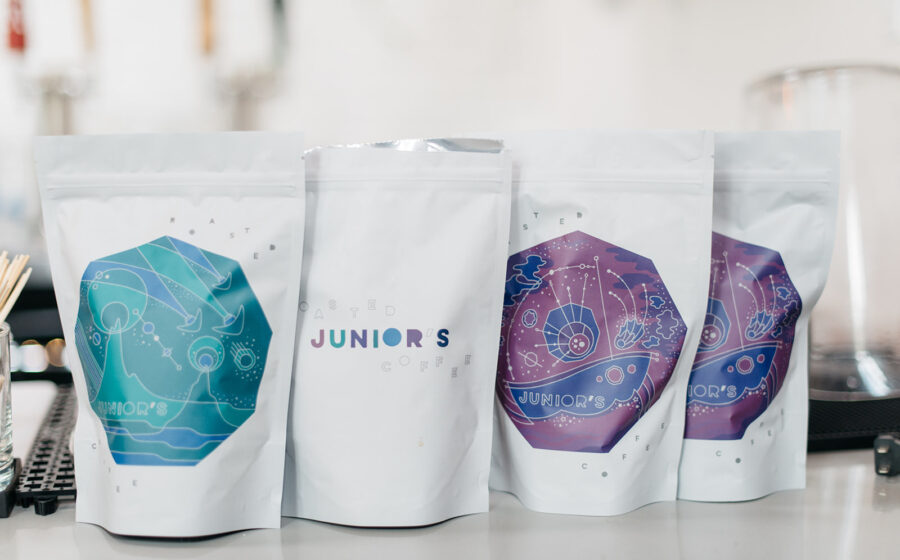Portland-based roastery Junior’s Roasted Coffee has released a new tool called the Cost of Production Covered Template. The template, which you can access via Google Docs, is aimed at helping green coffee buyers and producers determine a price point for green coffee that goes beyond quality measures—instead, the tool helps coffee actors determine how much a coffee costs to produce and determine a price point that is more equitable across the supply stream.
Why It Matters: Quality is often the sole measure of a coffee’s worth, and the coffee industry has myriad ways it establishes and determines quality. “The specialty coffee industry offers ‘higher’ prices paid based on quality specifications,” writes Mike Nelson, co-owner and green buyer at Junior’s Roasted Coffee, in a blog post on Junior’s website, “but ‘high’ is arbitrary if we don’t know a business’ costs of production. When and how will a farm actually profit if we don’t know their cost of production?”
The Cost of Production Covered Template looks to assess how much it costs farmers to produce coffee and uses that as a vector to determine price. “Running a farm is running a business. We want to support their business, and coffee producers want to support ours. The price transparency provided by the template ensures a gross margin is reached for producers,” Nelson continues in a press release about the tool. “As a green coffee-buying company, we have the power to dig deeper into what a ‘farm partnership’ can look like and into what questioning and advancing equity and ethics could do for our businesses and hopefully the industry.”
The Full Extraction: The template is part of Junior’s Cost of Production Covered Project, launched in 2018. Although this template is being made public, Junior’s has been using a version of the template for the last five years. “From 2018-2022, Junior’s put the template to the test with five coffee producer relationships in Guatemala, Brazil, and Colombia,” the press release states. “It was their goal from the beginning to make it available for use by other roasting companies.”
The template includes a questionnaire and a spreadsheet: “The questionnaire gathers the farm’s direct expenses related to producing one pound of green coffee. The spreadsheet organizes and calculates this data into a price and margin to base a coffee contract on.” Anyone who wants to use the template can make a copy and customize questions, but sample questions include:
- How much coffee do you sell in a harvest year (including second or late harvest if relevant to your farm) as parchment in pounds?
- What are your permanent-labor costs for the entire year? These costs include fixed farm maintenance labor, administrative labor, security labor, and your own salary. Any family labor costs should be considered in market rate wages.
- What are your total agricultural input costs for the entire year? These costs can include fertilizer costs, other soil nutrition costs, herbicide costs, fungicide costs, and pesticide costs.
What’s More: “The template has gone through a few iterations over the years,” writes Nelson. “We started this project with a questionnaire that was nearly 50 questions long that gathered data for a pro forma template that we had built.”
The template is open for anyone to use, but participants are asked to “acknowledge the project’s creators and adopt its mission of collaboration” and share findings with producer partners. “We share our spreadsheets and the process directly with the producers or through collaborating importing partners. We ask all users to do the same. To truly build equity into the supply stream, negotiations must be transparent and producers must be present to set their contract prices.”
The Cost of Production Covered Template is available here.

















